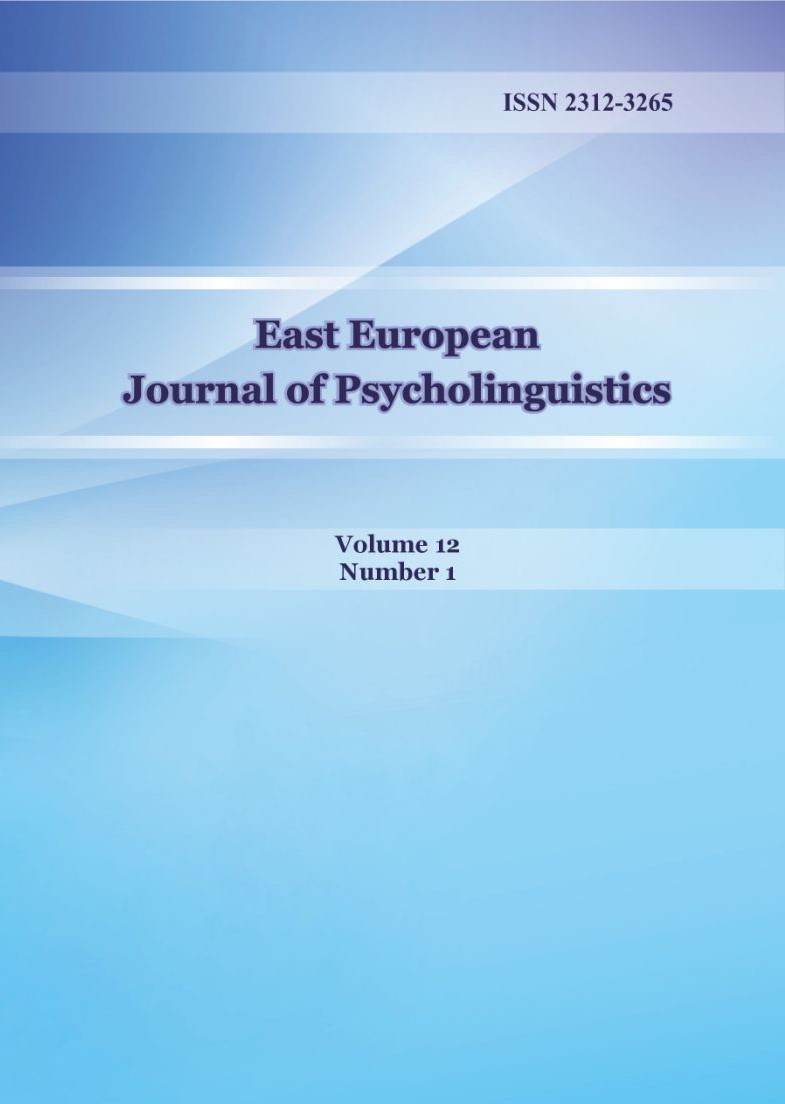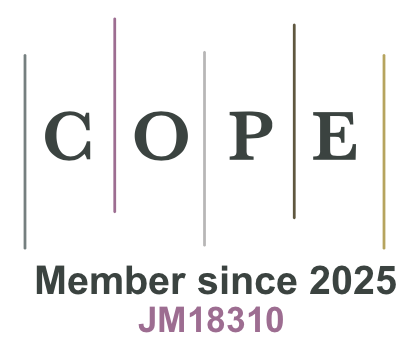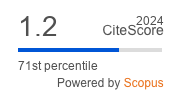Культурна концептуалізація СМЕРТІ в релігійній та карнавальній картинах світу середньоанглійського періоду
DOI:
https://doi.org/10.29038/eejpl.2025.12.1.sheКлючові слова:
культурна лінгвістика, концептуалізація СМЕРТІ, середньовічний світогляд, релігійна та карнавальна етика, культурна схема, метафоричне пізнання.Анотація
Це дослідження вивчає культурну концептуалізацію СМЕРТІ в рамках двох контрастних середньовічних картин світу – релігійної/моральної та карнавальної – крізь призму культурної лінгвістики. Спираючись на англійські літературні тексти 14–17 століть, у статті проаналізовано, як концепт СМЕРТЬ сприймався, конструювався та емоційно кодувався в різних соціокультурних парадигмах. Використовуючи теоретичні засади культурної лінгвістики, яка розглядає мову як відображення культурно зумовленого пізнання, дослідження визначає окремі культурні схеми – такі як СМЕРТЬ Є ПРИРОДНИЙ КІНЕЦЬ, СМЕРТЬ Є БОЖЕСТВЕННЕ ПРИЗНАЧЕННЯ, СМЕРТЬ Є МОРАЛЬНИЙ ЗРІВНЮВАЧ та СМЕРТЬ Є ПОЗБАВЛЕННЯ/ВІДПОЧИНОК у релігійній картині світу. Ці схеми представляють СМЕРТЬ як природну, моральну або божественну подію, яку часто зустрічають з пасивним прийняттям або духовною рефлексією. На противагу цьому, карнавальна картина світу переосмислює СМЕРТЬ як гротескну і смішну, зі схемами на кшталт СМЕРТЬ Є ОБ'ЄКТОМ СМІХУ, прикладом чого є пародійні та гумористичні зображення в комедіях. У дослідженні застосовано ономасіологічний та компонентний аналізи для визначення семантики лексем, пов’язаних зі СМЕРТЮ, та простежено її ре-концептуалізацію в літературному дискурсі. Зрештою, дослідження ілюструє, як концепт СМЕРТЬ, хоч і є універсальною людською проблемою, когнітивно конструюється в культурно варіативний спосіб, виявляючи еволюцію ідеологічних, етичних та естетичних орієнтацій. Результати дослідження сприяють ширшому розумінню того, як історико-культурні контексти формують емоційне сприйняття та метафоричні моделі в картині світу.
Декларація щодо конфлікту інтересів
Автори повідомили про відсутність потенційного конфлікту інтересів.
Завантажити
Посилання
Arora, V. (2021). The Changing Paradigm of Death and Dying. Social Change, 51(3), 347–361. https://doi.org/10.1177/00490857211032951
Bakhtin, M.(1984). Rabelais and His World (1965), trans. Hélène P. Iswolsky. Indiana University Press.
Croft, W. (2009). Towards a social cognitive linguistics. In V. Evans, & S. Pourcel (Eds.), New directions in cognitive linguistics (pp. 395–420). John Benjamins. https://doi.org/10.1515/COGL.2009.009
Ekman, P. (1999). Basic emotions. In T. Dalgleish & M. J.Power (Eds.), Handbook of cognition and emotion (pp. 45–60). Wiley.
Faur, El. (2012). The metaphors for death and the death of conceptual metaphors in poetry. An analysis based on Emily Dickinson’s poem Because I Could Not Stop For Death. Dacoromania, 17, 108–123.
Fedoriuk L. V. Epidyhmalni vlastyvosti kontseptu SMERT: respondentna otsinka [Epidigmatic properties of the concept DEATH: respondent assessment] Research Journal of Drohobych Ivan Franko State Pedagogical University. Series “Philology” (Linguistics), 7, 213–218.
Humphrey, C. (2000). Bakhtin and the Study of Popular Culture: Re-thinking Carnival as a Historical and Analytical Concept . In Brandist, C., Tihanov, G. (Eds), Materializing Bakhtin. St Antony’s Series, Palgrave Macmillan. https://doi.org/10.1057/9780230501461_9
Izard, C. E. (2011). Forms and functions of emotions: Matters of emotion–cognition interactions. Emotion Review, 3, 371–378.
Kagan, S. (2012). Death. Yale University Press.
Keefer, L. A., Brown, F. L., & Rials T. G. (2021). An initial investigation of the role of death concerns in evaluations of metaphoric language about God. Archive for the Psychology of Religion, 43 (2), 135–160. https://doi.org/10.1177/00846724211031671
Kuczok, M. (2016). Metaphorical conceptualizations of death and dying in American English and Polish: A corpus-based contrastive study. Linguistica Silesiana, 37, 125–142.
Lakoff, G., & Johnson, M. (1980). The metaphorical structure of the human conceptual system. Cognitive Science, 4(2), 195–208. https://doi.org/10.1207/s15516709cog0402_4
Langacker, R. W. (2014). Culture and cognition, lexicon and grammar. In M. Yamaguchi, D. Tay, & B. Blount (Eds.), Approaches to language, culture and cognition: The intersection of cognitive linguistics and linguistic anthropology (pp. 27–49). Palgrave MacMillan.
Lu, Wei-lun (2017). Cultural Conceptualisations of DEATH in Taiwanese Buddhist and Christian Eulogistic Idioms In F. Shariffian (Ed.), Advances in Cultural Linguistics (pp.49-64). Springer.
MacLean, V. M., & Williams, J. E. (2009). Cemeteries. In C. D. Bryant, & D. L. Peck (Eds.), Encyclopaedia of death and the human experiencee (pp. 168–173). Sage.
Marie-Laverrou, F. (2008). Bakhtin and Powys ‘en dialogue’: Two Contemporary Views on Rabelais. Études britanniques contemporaines, 33, 9422. https://doi.org/10.4000/ebc.9422
Molhamova, L. O. (2024). Kontsept DEATH v anhlomovnomu dyskursi: linhvosynerhetychnyi aspekt [The concept of DEATH in English-language discourse: a linguistic-synergetic aspect.] Unpublished PhD thesis. Sumy State University.
Oakley, F.C., Pelikan, J.J., Cunningham, L., Knowles, M.D., Marty, M.E., Frassetto, M., & McKenzie, J.L. (2025). Roman Catholicism. In Encyclopedia Britannica. Retrieved from https://www.britannica.com/topic/Roman-Catholicism
Palgi, P., & Abramovitch, H. (1984). Death: A Cross-Cultural Perspective. Annual Review of Anthropology, 13, 385–417. Retrieved from http://www.jstor.org/stable/2155675
Prihodko, A., & Prykhodchenko, O. (2018). Frame Modeling of the Concepts of Life and Death in the English Gothic Worldview. Lege Artis-Language Yesterday Today Tomorrow, 3(2), 164–203.
Shariffian, F. (2011). Cultural conceptualisations and language. Amsterdam: John Benjamins.
Shariffian, F. (2015). Cultural linguistics. In F. Shariffian (Ed.), The Routledge handbook of language and Culture (pp. 473–492). Routledge.
Shariffian, F. (2017). Cultural Linguistics: The State of the Art. In F. Shariffian (Ed.), Advances in Cultural Linguistics (pp.1-28). Springer.
Shevchenko, I. (2016). Evolutional mechanisms of cognitive semantics. Cognition, Communication, Discourse, 13, 132-141. https://doi.org/10.26565/2218-2926-2016-13-07
Stewart, J., Gapenne, O., & Di Paolo, E. (2014). Enaction: Toward a new paradigm for cognitive science. The MIT Press.
Steen, G. (2023). Thinking by metaphor, fast and slow: Deliberate Metaphor Theory offers a new model for metaphor and its comprehension. Frontiers in Psychology, 14, 1242888. https://doi.org/10.3389/fpsyg.2023.1242888
Suvorova, L.K. (2012). Kontsept smerti v opovidanni L. Yanovskoi “Smert Makarykhy”: filosofsko-kulturolohichni pidteksty [The concept of death in L. Yanovskaya’s story “The Death of Makarykha”: philosophical and cultural implications] Scientific Herald of V.O. Sukhomlynskyi Mykolaiv National University, 4(10). P. 183–186.
Tancons, C. (2014). Occupy Wall Street: Carnival against capital? Carnivalesque as protest Sensibility. In P. Werbner, M. Webb, & K. Spellman-Boots (Eds.), The Political Aesthetics of Global Protest: The Arab Spring and Beyond (pp. 291–319). Edinburgh University Press.
Tatsenko, N., & Molhamova, L. (2023). Сoncepts through a linguosynergetic lens (on the example of the concept of DEATH). Visnyk Universitetu imeni Alfreda Nobelya. Seriya: Filologicni Nauki, 1(25), 244–259. https://doi.org/10.32342/2523-4463-2023-1-25-18
Uberman, A. (2016). Death in metaphorical language. Lege Artis. Language Yesterday, Today, Tomorrow, 1(2), 171–211. https://doi.org/10.1515/lart-2016-0013 ISSN 2453-8035
Uberman, A. (2018). Frame Analysis of the Concept of Death across Cultures. Lege Artis. Language Yesterday, Today, Tomorrow, 3(1), 417–447.
Wachowski, W., & Sullivan, K. (2021). Metonymies and Metaphors for Death Around the World (1st ed.). Routledge. https://doi.org/10.4324/9781003183761
Yakub, M., & Agyekum, K. (2022). Metaphorical euphemisms in death-discourse among the Nzema. Studies in African Languages and Cultures, 56, 127–153. https://doi.org/10.32690/56.6
Yu, N. (2017). Life as Opera: A Cultural Metaphor in Chinese. In F. Shariffian (Ed.), Advances in Cultural Linguistics (pp.65-88). Springer.
Zimmermann, C. (2007). Death Denial: Obstacle or Instrument for Palliative Care? An Analysis of Clinical Literature. Sociology of Health and Illness, 29(2), 297–314. https://doi.org/10.1111/j.1467-9566.2007.00495.x
Sources
Chaucer, G. (2000). The Canterbury tales, and other poems. Retrieved from https://www.gutenberg.org/ebooks/2383
CFODT – Collins free online dictionary and thesaurus (n.d.). Retrieved from https://www.collinsdictionary.com/dictionary/english-thesaurus/
CDSA – Complete dictionary of synonyms and antonyms (n.d.). Retrieved from https://www.synonyms.com/synonym/
OED – Online Etymology Dictionary (n.d.). Retrieved from https://www.etymonline.com/word/death
Shakespeare, W. (1998a). A Midsummer Night’s Dream [E-book]. Retrieved from https://www.gutenberg.org/files/1514/1514-h/1514-h.htm
Shakespeare, W. (1998b). Twelfth Night [E-book]. Retrieved from https://www.gutenberg.org/files/1526/1526-h/1526-h.htm
SOESD – Synonymy online: English synonym dictionary (n.d.). Retrieved from http://www.synonymy.com/synonym.php?word=death&x=31&y
Thesaurus.com. Retrieved from: https://www.thesaurus.com/browse/death?s=t
Завантаження
Опубліковано
Номер
Розділ
Ліцензія
Авторське право (c) 2025 Iryna Shevchenko, Iryna Morozova

Ця робота ліцензується відповідно до ліцензії Creative Commons Attribution 4.0 International License.












 Creative Commons «Attribution» 4.0
Creative Commons «Attribution» 4.0